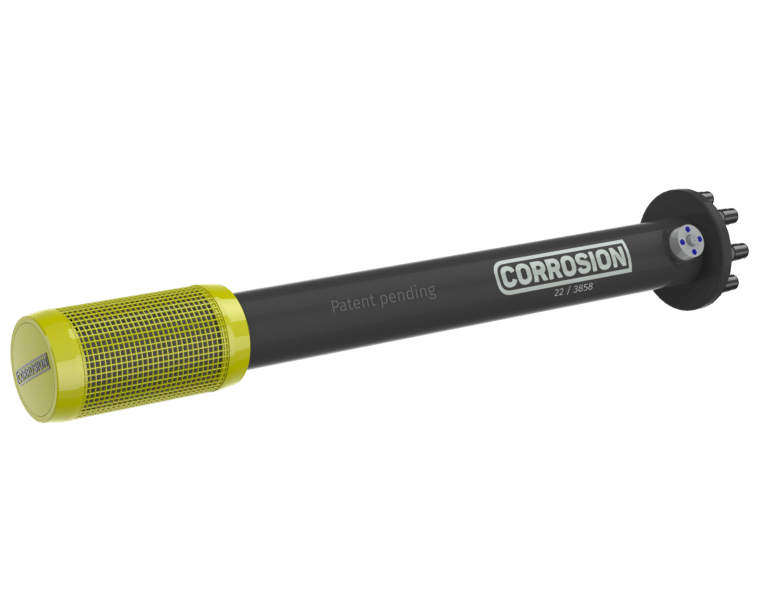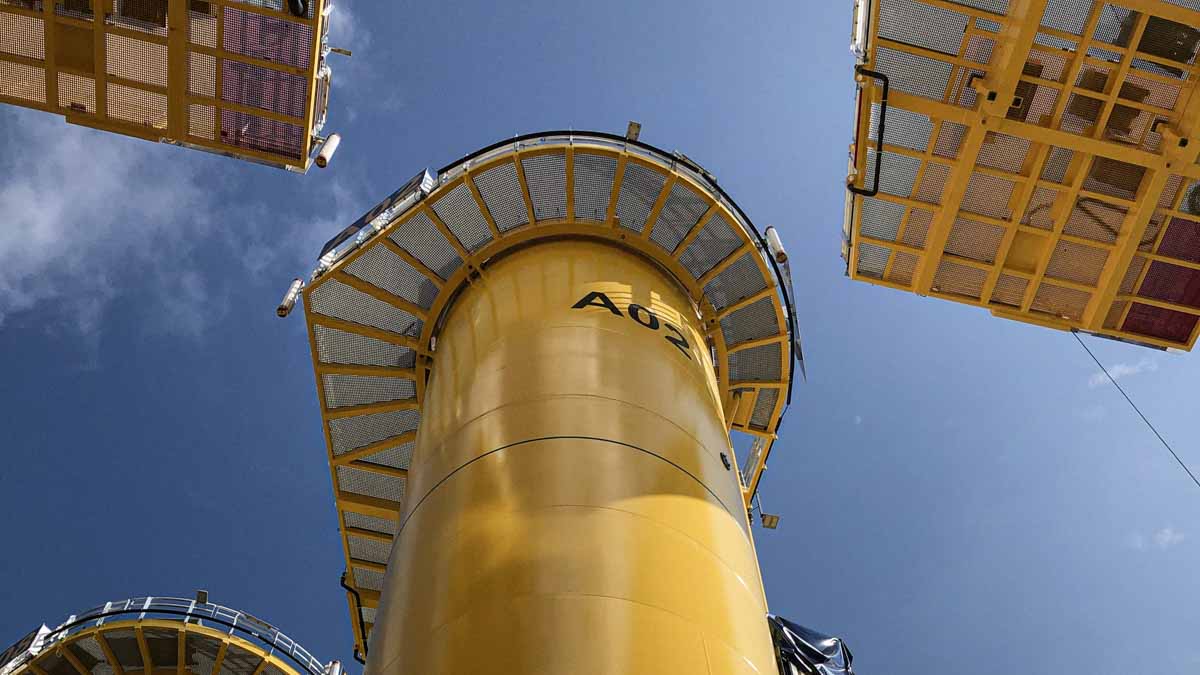ICCP - Impressed Current Cathodic Protection

Tackling an age-old challenge
Whether it’s wind turbines or tanker ships, all sorts of metal surfaces exposed to water are vulnerable to corrosion. This can present a significant economic cost in terms of replacement or repair, or significant danger in the event of some catastrophic equipment failures. ICCP CORROSION protection is an increasingly popular means to protect against this.
How does Impressed Current Cathodic Protection work?
Impressed current cathodic protection (ICCP) is a corrosion protection system that consists of Mixed Metal Oxide (MMO) coated titanium anodes connected to an external power source. This power source provides the current that leads to the electrochemical reaction required for cathodic protection to take place.
Who do we help?
CORROSION produces a range of specialist ICCP cathodic protection systems for both onshore and offshore markets. As ICCP corrosion protection systems use an external power supply to drive current, it is possible to protect all kinds of structures – regardless of size or current requirements. These include ICCP cathodic protection systems for dam walls, floating oil and gas platforms, wind turbine foundations and vessels.
To learn more about our maritime ICCP cathodic protection systems,
please click here.

To learn more about our on and offshore ICCP cathodic protection systems, please click here.

Downloads
Downloads
FAQ
Impressed Current Cathodic Protection (ICCP) systems are used to protect the metal surfaces of a wide array of onshore and offshore equipment, structures and vessels that are vulnerable to corrosion. This includes parts of a ship that is exposed to the elements, such as the hull, and submerged parts of offshore structures, such as wind turbine foundations.
Impressed current cathodic protection (ICCP) systems consist of Mixed Metal Oxide (MMO) coated titanium anodes that are connected to an external power source. This power source provides the current that leads to the electrochemical reaction required for cathodic protection to occur.



